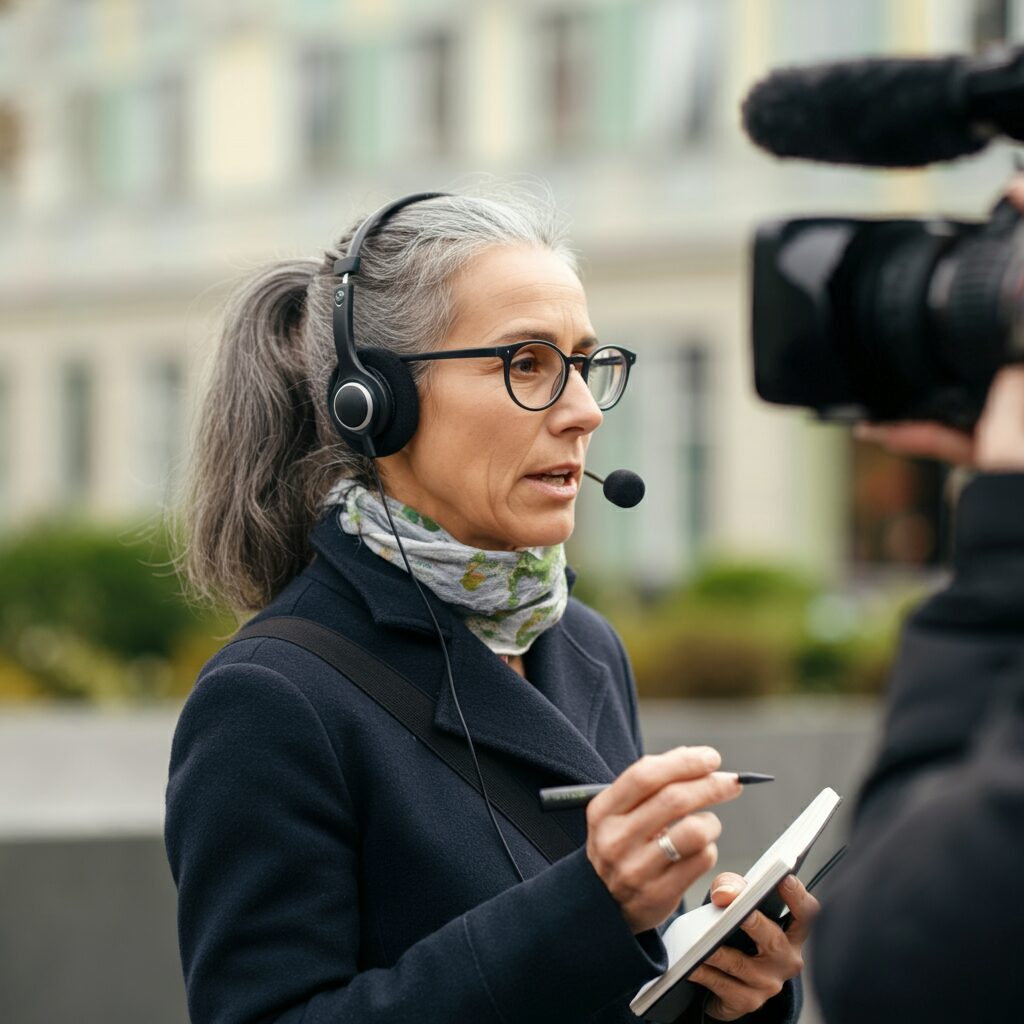
Delve into the World of Ama Divers in Toba City, Mie Prefecture: A Journey of Tradition and the Sea
Published: May 4, 2025 (According to 全国観光情報データベース)
Imagine a world where women plunge into the depths of the ocean, holding their breath for minutes at a time, to harvest delicacies from the seabed. This isn’t a scene from a fantasy novel, but a living, breathing tradition in Toba City, Mie Prefecture, known as the art of the “Ama.”
For centuries, these skilled female divers, the Ama, have been the lifeline of this coastal community. On May 4, 2025, they were officially recognized and highlighted on the national tourism database, shining a spotlight on this unique and captivating cultural experience. Now, more than ever, is the perfect time to discover the secrets of the Ama and immerse yourself in their fascinating world.
Who are the Ama?
The Ama are more than just divers; they are keepers of a precious cultural heritage. Predominantly women, these resilient individuals have traditionally harvested seafood such as abalone, seaweed, and sea urchins from the seabed. This practice dates back over 2,000 years, with evidence suggesting its origins even further in the past!
Why women? Well, traditionally, women are said to have more body fat than men, helping them withstand the cold temperatures of the sea. More practically, the Ama diving tradition has been passed down through generations of women, fostering a strong community spirit and preserving the specialized knowledge required for sustainable harvesting.
What Makes Ama Diving So Special?
- A Breathtaking Spectacle: Witnessing the Ama at work is a truly remarkable sight. Equipped with minimal gear – a diving mask, a wetsuit (in modern times, traditionally a simple white cloth), and a weighted rope – they gracefully descend into the depths, using their skills and knowledge to locate and harvest the treasures of the sea.
- Sustainable Practices: The Ama operate with a deep respect for the ocean and its resources. They employ sustainable harvesting methods, ensuring the long-term health and abundance of the marine ecosystem. This eco-consciousness is a testament to their deep connection with the sea.
- Rich Cultural Heritage: The Ama are not just divers; they are storytellers, carriers of ancient traditions, and pillars of their community. Their stories, songs, and rituals offer a glimpse into a way of life that is deeply intertwined with the rhythms of the sea.
Why Visit Toba City to Experience the Ama?
Toba City offers several ways to connect with the world of the Ama, offering a truly immersive and unforgettable experience:
- Ama Hut Experience (Ama Goyomi): This is perhaps the most popular way to engage with the Ama. In specially designed huts overlooking the sea, you can enjoy freshly grilled seafood caught by the Ama themselves. While you savor these delicious ocean delicacies, the Ama will share their stories, traditions, and insights into their unique way of life. They’ll sing traditional songs, answer your questions, and provide a personal connection to their fascinating world.
- Mikimoto Pearl Island: While not directly involving Ama diving for seafood, this island showcases the history of pearl cultivation, an industry deeply linked to Ama divers. Here, you can witness a demonstration of traditional pearl diving techniques, learn about the science behind pearl farming, and explore the fascinating history of this iconic Japanese industry.
- Aquariums & Museums: Explore the local aquariums and museums in Toba City to learn more about the marine life and the history of the Ama culture. These institutions offer informative exhibits and displays showcasing the biodiversity of the surrounding waters and the significance of the Ama to the local ecosystem.
- Explore the Scenic Coastline: Toba City boasts a stunning coastline, perfect for hiking, exploring hidden coves, and enjoying the breathtaking views of the Pacific Ocean. Take the time to soak in the natural beauty of the area and appreciate the environment that sustains the Ama and their way of life.
Planning Your Trip to Toba City:
- Getting There: Toba City is easily accessible by train from Nagoya and Osaka. The journey takes approximately 2-3 hours.
- Best Time to Visit: While Toba City is beautiful year-round, the best time to visit for the Ama experience is during the warmer months (spring, summer, and fall).
- Accommodation: Toba City offers a range of accommodation options, from traditional Japanese ryokans to modern hotels. Consider staying at a ryokan with ocean views for a truly immersive experience.
- Book in Advance: The Ama Hut experience is highly popular, so be sure to book in advance, especially during peak season.
More than just a sightseeing trip, a visit to Toba City offers a profound connection to a disappearing way of life. Witness the strength and resilience of the Ama, savor the flavors of the sea, and immerse yourself in a cultural heritage that has thrived for centuries. This is a journey that will stay with you long after you leave the shores of Toba City.
Don’t miss the chance to experience the magic of the Ama – book your trip today!
Delve into the World of Ama Divers in Toba City, Mie Prefecture: A Journey of Tradition and the Sea
The AI has delivered the news.
The following question was used to generate the response from Google Gemini:
At 2025-05-04 22:56, ‘Ama (Toba City, Mie Prefecture)’ was published according to 全国観光情報データベース. Please write a detailed article with related information in an easy-to-understand manner, making readers want to travel.
69